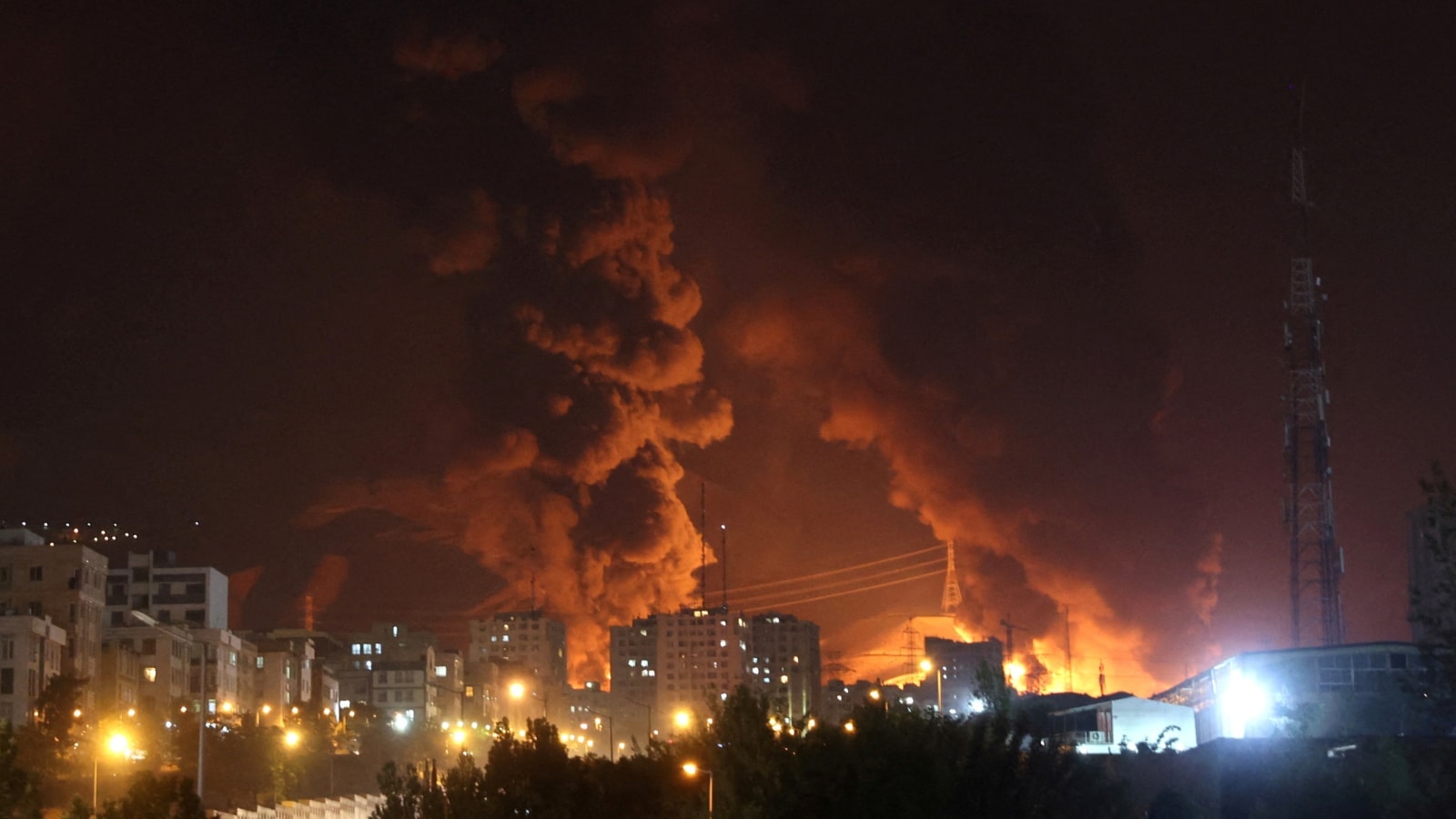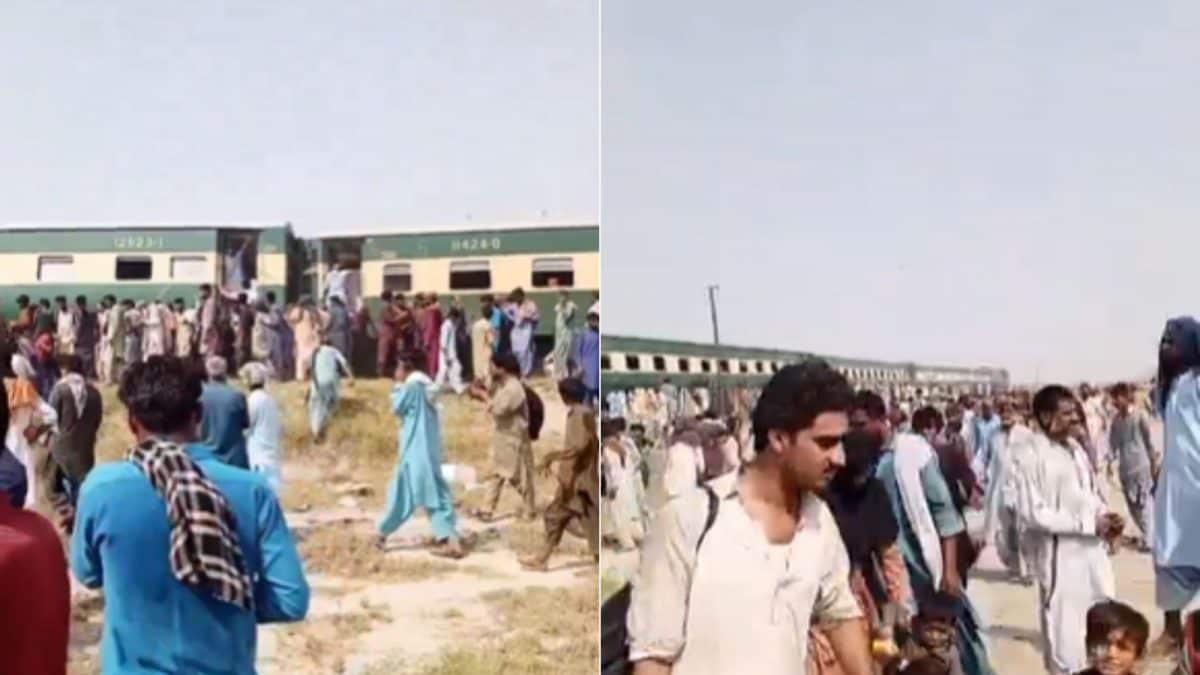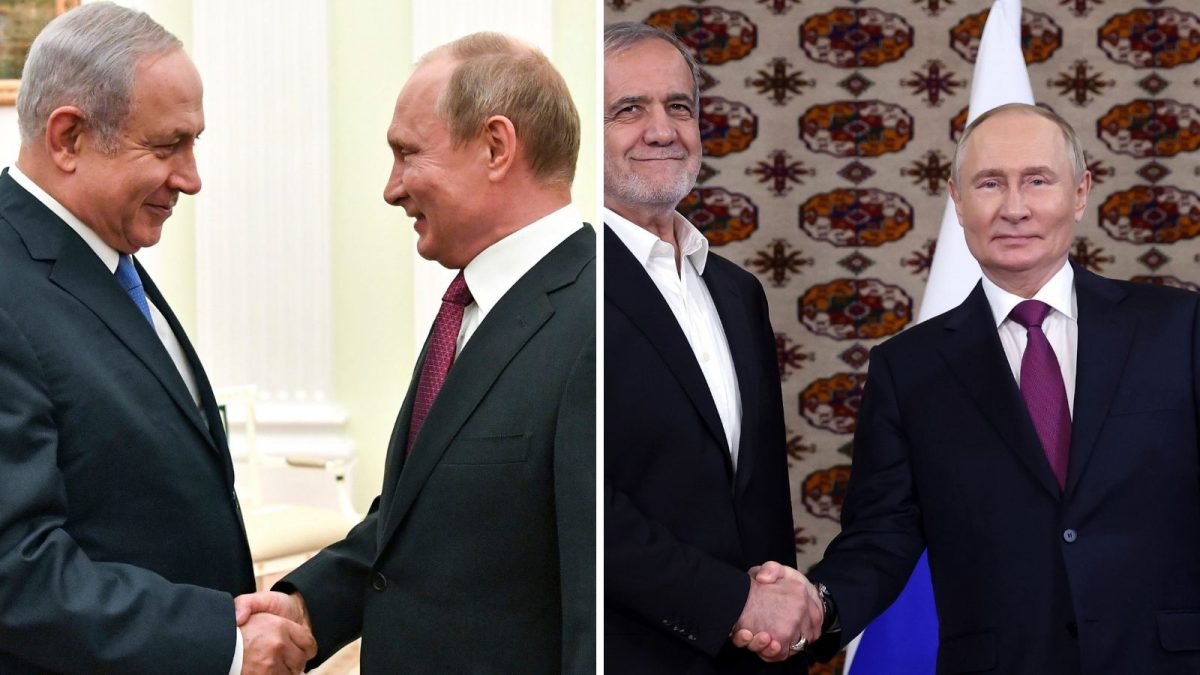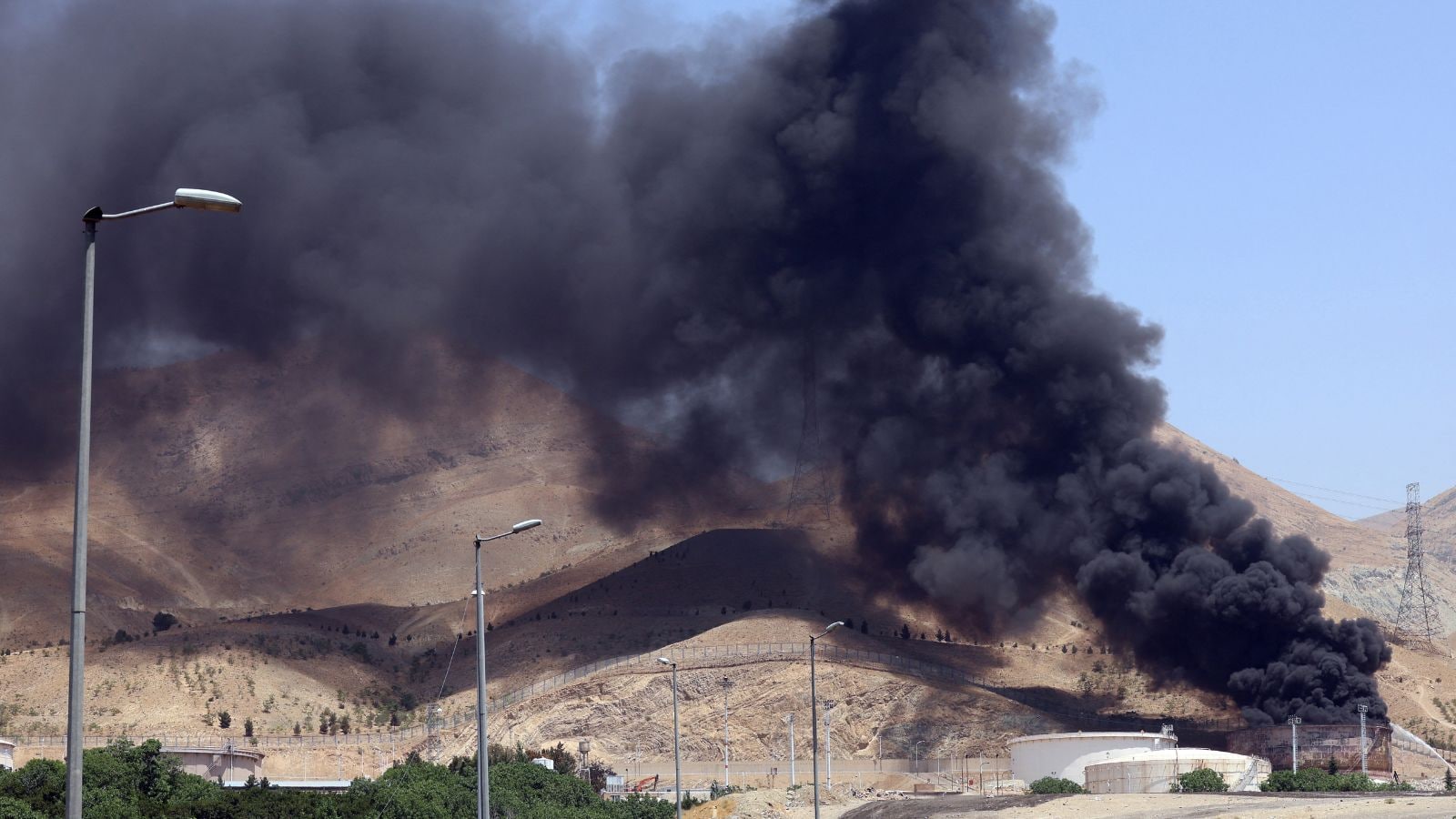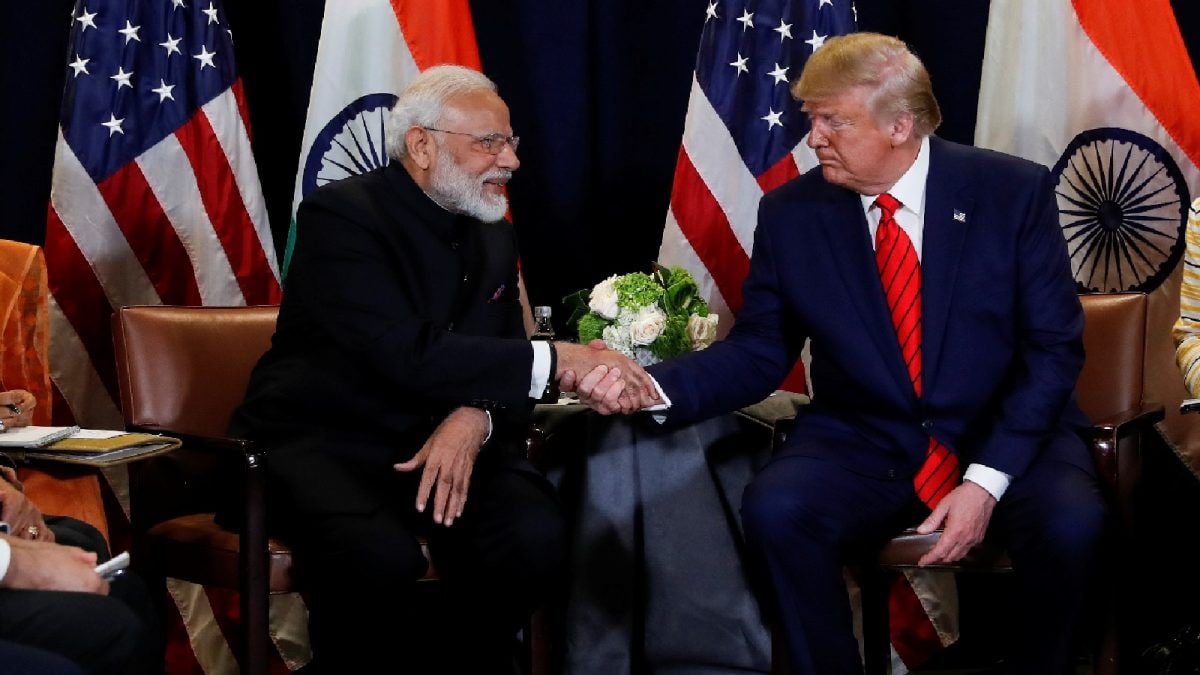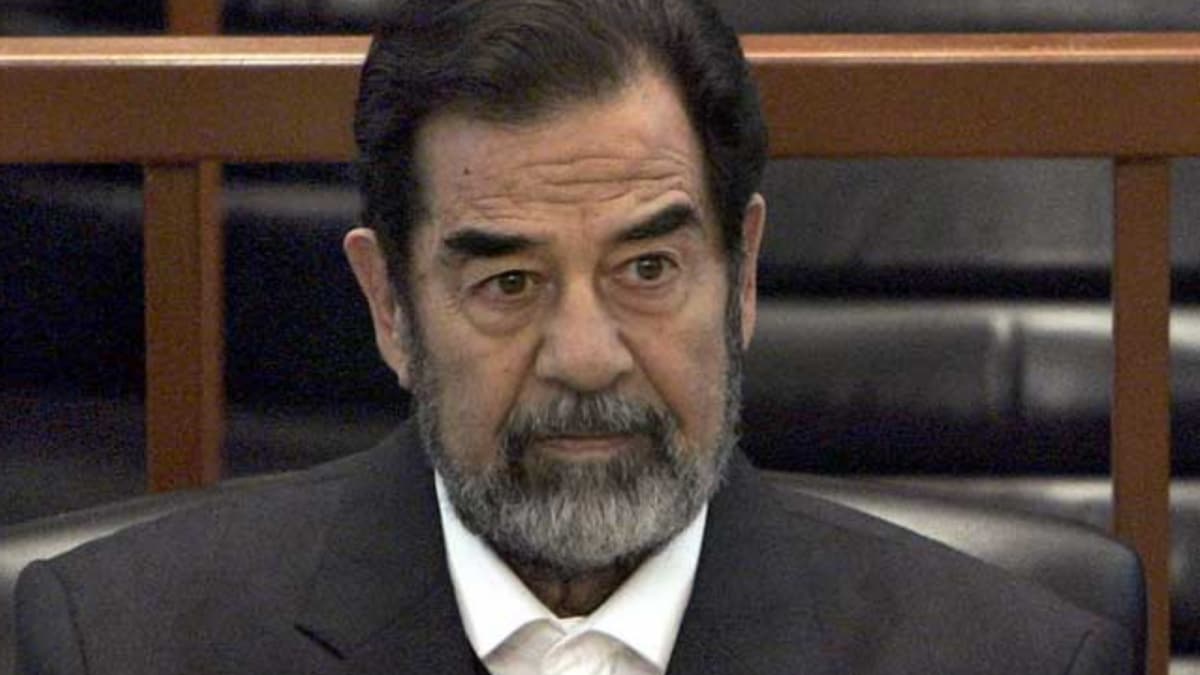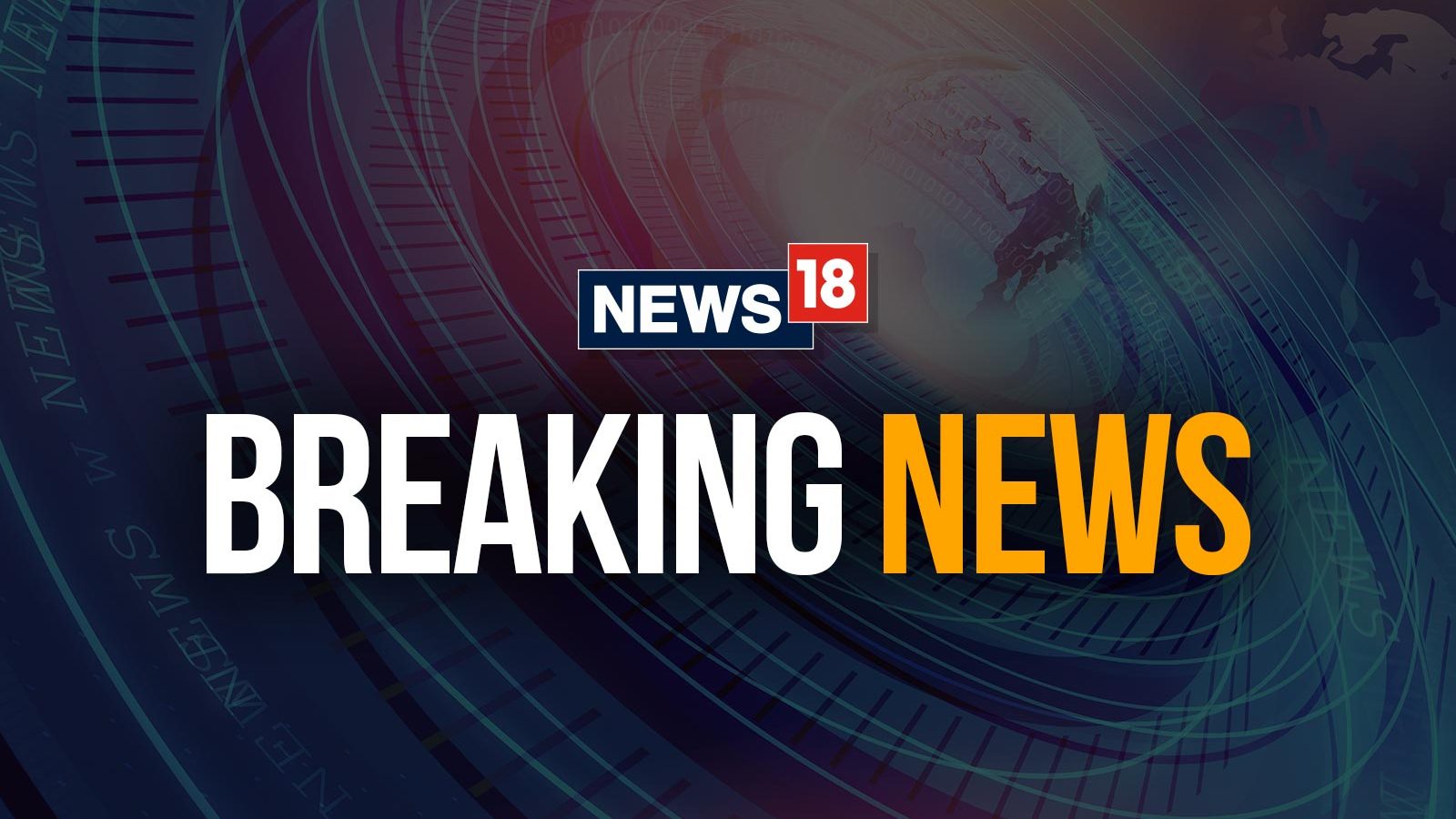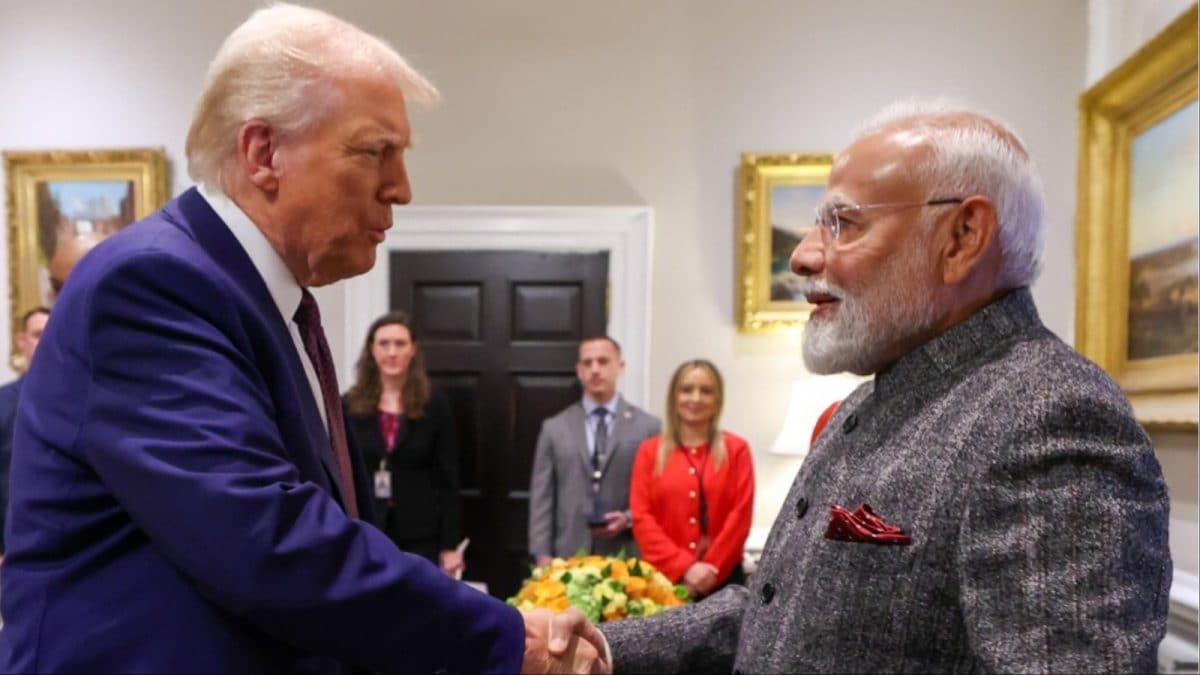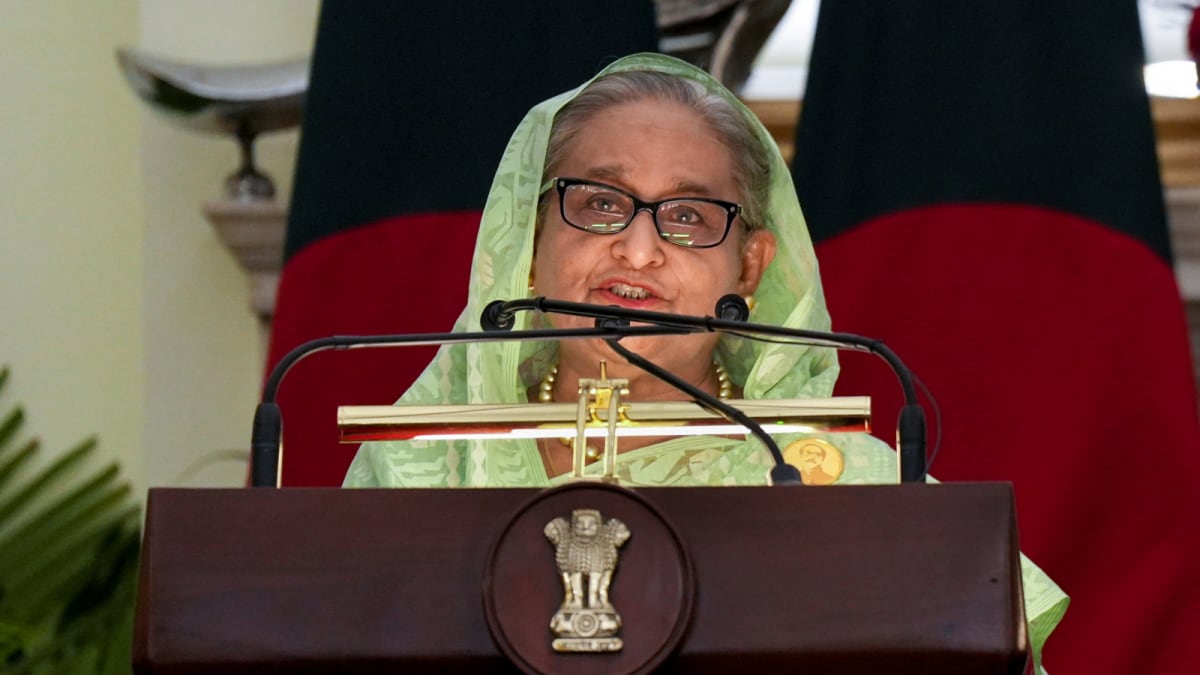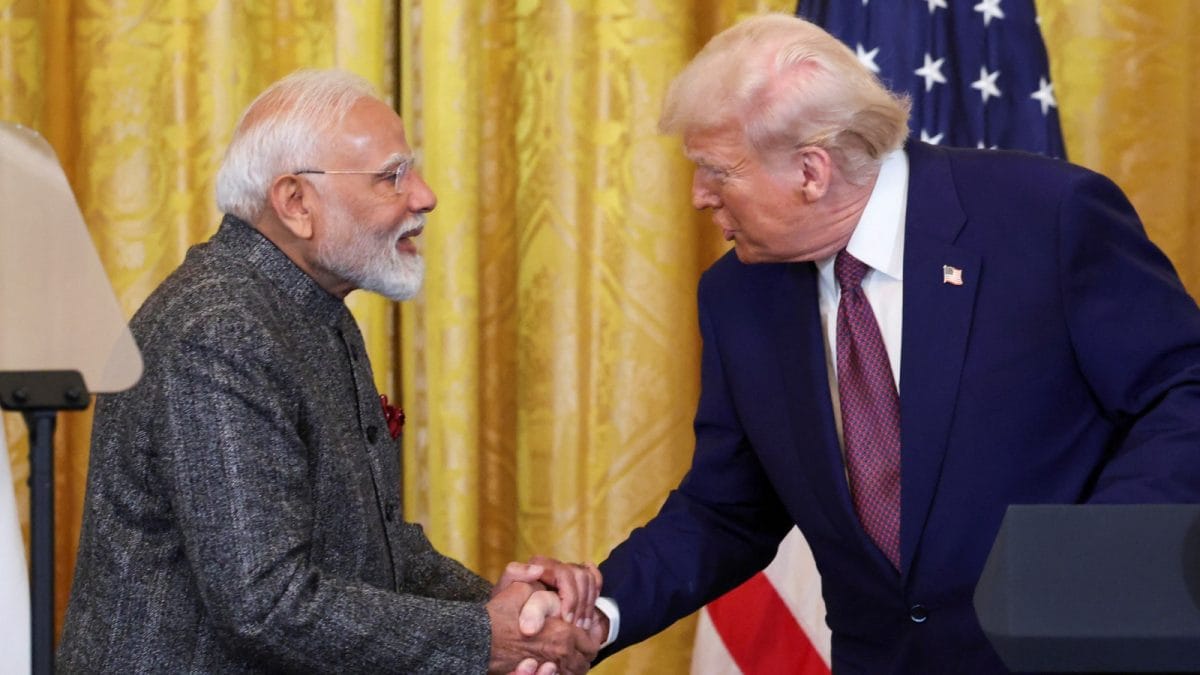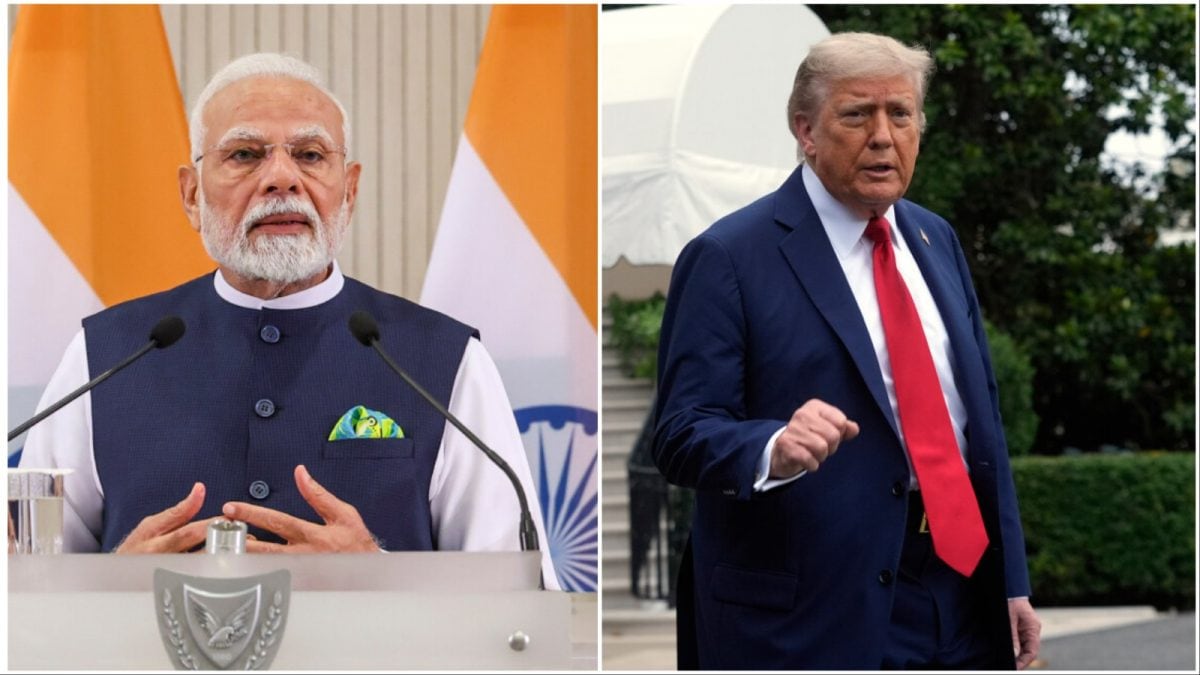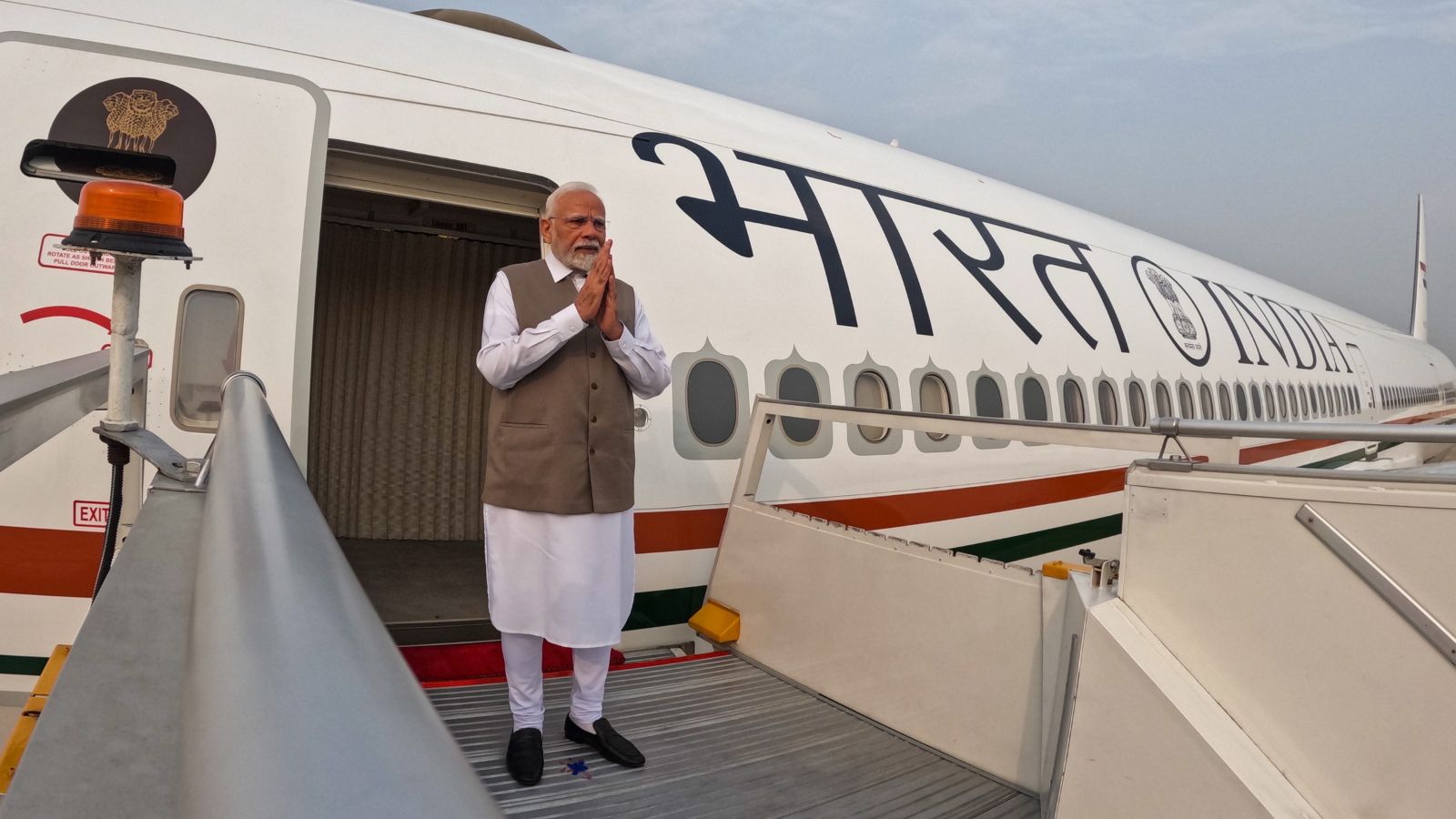Last Updated:May 02, 2025, 17:56 IST
Pahalgam terror attack: From triggers to response and reactions, the US intelligence document is significant in view of the India-Pakistan current scenario

Pakistan is mired by political and economic crises. (AP File)
The more things change, the more they remain the same — Pakistan fears India’s rise, in 2025, just as it did in 1993.
As the tension between the two countries escalates, the 32-year-old declassified assessment of the India-Pakistan dynamic by the United States’ Central Intelligence Agency (CIA), which is available on the Security Archive website, still holds true.
From the triggers to the response and reactions, the US intelligence document is significant in view of the current scenario. On April 22, an attack on tourists in Pahalgam’s Baisaran left 26 dead. The Resistance Front (TRF), a shadow group of the terrorist outfit Lashkar-e-Taiba (LeT), claimed responsibility, leading to strong retaliatory measures by India. Meanwhile, Pakistan, despite the incitement by its Army chief, denies its involvement.
Among the flashpoints for a war, it stated “a spectacular terrorist outrage that one side believed the other directed or abetted".
The conclusion in the document, a Intelligence Estimate (NIE), was even more apt. “If war erupts, it will likely start with something like Kashmir, and Pakistan will be on the back foot from the beginning."
‘INDIA OUTNUMBERS PAK IN MILITARY CAPABILITY’
The NIE was prepared by Bruce Riedel, a seasoned CIA analyst, when India had just experienced the Babri Masjid demolition (1992), and Pakistan was facing internal instability. Nuclear weapons were not yet tested.
It stated: “India outnumbers Pakistan in almost every category of military capability-a disparity not likely to change in this decade. India, however, has no overriding strategic interest in initiating a war with Pakistan… Pakistan’s economic woes make it questionable whether its military budget can be sustained at the level needed to keep it militarily competitive with India, which is much bigger and richer, and economically more robust."
The document noted that neither India nor Pakistan wanted war. However, Pakistan, feeling overshadowed by India’s growing power, was likely to act out of fear. This included supporting proxy groups in Kashmir or forming alliances with terrorists to counter India’s influence.
THE TRIGGERS
The CIA analysts saw a “20 per cent" chance of full-scale war, but were concerned about a potential chain reaction. The document listed a few triggers:
A protracted surge of violence in Indian Kashmir that threatened New Delhi’s grip on the state.Large-scale military exercises in border areas, especially if one or both sides deliberately evaded prior notification requirements.A spectacular terrorist outrage that one side believed the other directed or abetted.An Indian military cross-border action, for example, to close infiltration routes along the Line of Control or to punish Pakistan for supporting terrorism.Protracted Hindu-Muslim carnage that spilled across the border.The report warned of Pakistan’s strategy of arming and training anti-India militants to “liberate Kashmir."
Sounds familiar?
“Pakistan sees nuclear weapons primarily as a deterrent and as insurance for its survival if a conflict developed with conventionally superior India…," it added, in a bleak reminder of Pakistan Minister Hanif Abbasi’s recent threat of 130 nukes.
THE REACTION
The document said “most other Islamic states will give lip service to Pakistan’s position on Kashmir, but will not risk mortgaging their relationship with India".
“Rapid Indian military improvements would strain Pakistan’s ability to remain competitive. Islamabad would feel even more threatened by India’s growing military edge and would rely more heavily on nuclear deterrence. As a last resort, a desperate government in Islamabad also might consider an extreme measure such as openly deploying nuclear weapons," it said.
THE SITUATION THEN
India was led at the time by Prime Minister PV Narasimha Rao and Finance Minister Dr. Manmohan Singh and was growing. In contrast, Pakistan oscillated between military rule, political crises, and economic turmoil.
The 1993 document predicted: “Under certain extreme conditions, for instance, economic collapse and/ or a military dictator joining with militants-an Islamist government could be formed in Pakistan. A radical government almost certainly would establish an Islamic system of government based on its interpretation of shariah law and Islamic values. Such a regime would champion the cause of India’s Muslims…It also would promote the liberation of Kashmir by openly arming and training anti-Indian militants."
THE US
The NIE was to brief the White House and State Department. Then US president Bill Clinton visited India in 2000, coinciding with the Chittisinghpura massacre, where Pakistan’s Lashkar-e-Taiba (LeT) killed 35 Sikh villagers.
The CIA had a word of caution for the US. “Confidence-building measures like hotlines and nuclear pacts were useful but might prove irrelevant in a real crisis. Verification was weak, and trust was thin. Once violence began, leaders would rely on instinct rather than protocol," it said.
Location : First Published:News world Pakistan Fears India’s Rise In 2025, Just Like The US Intelligence Document Had Predicted In 1993

 1 month ago
1 month ago
